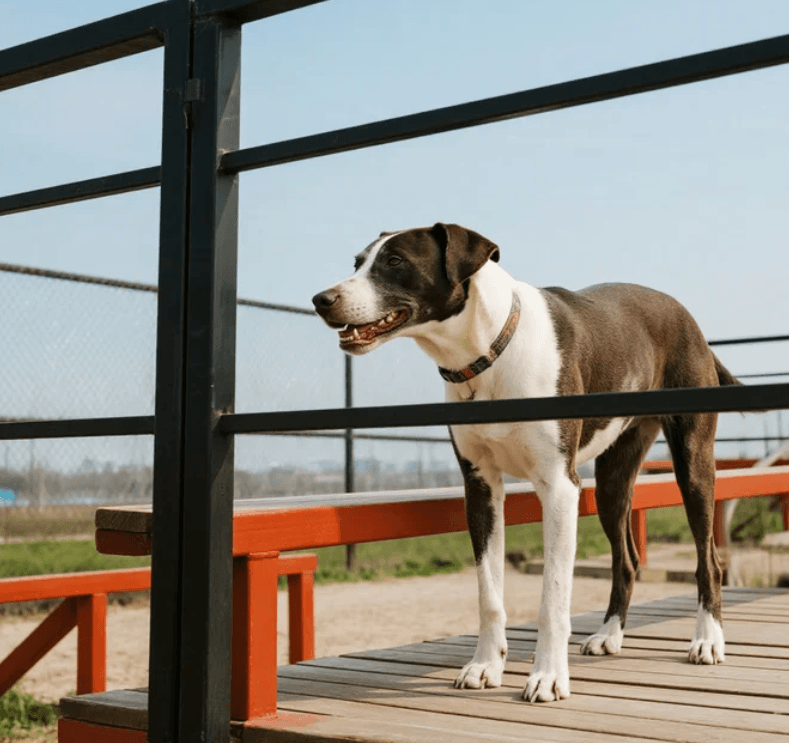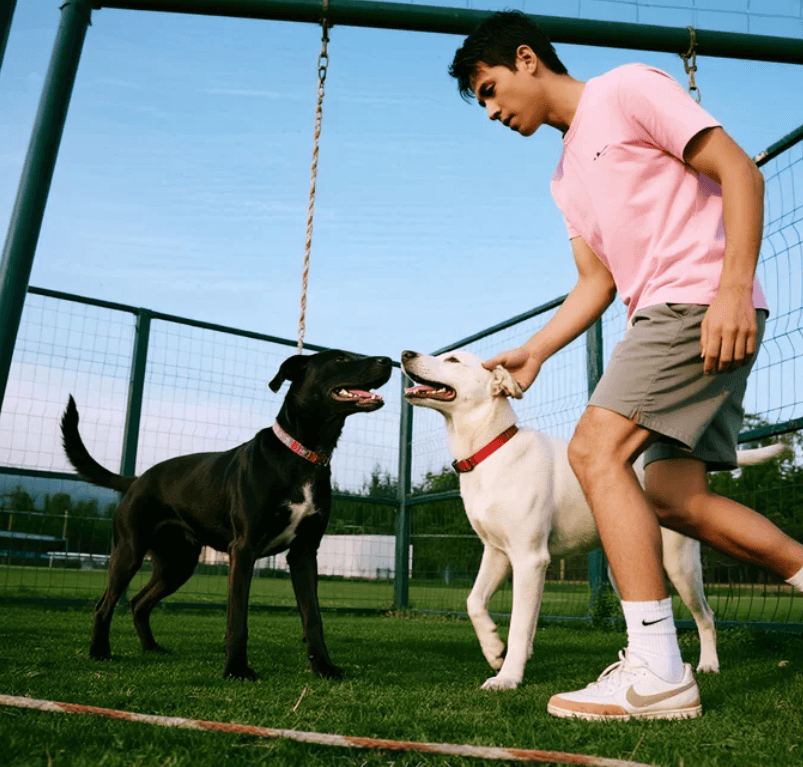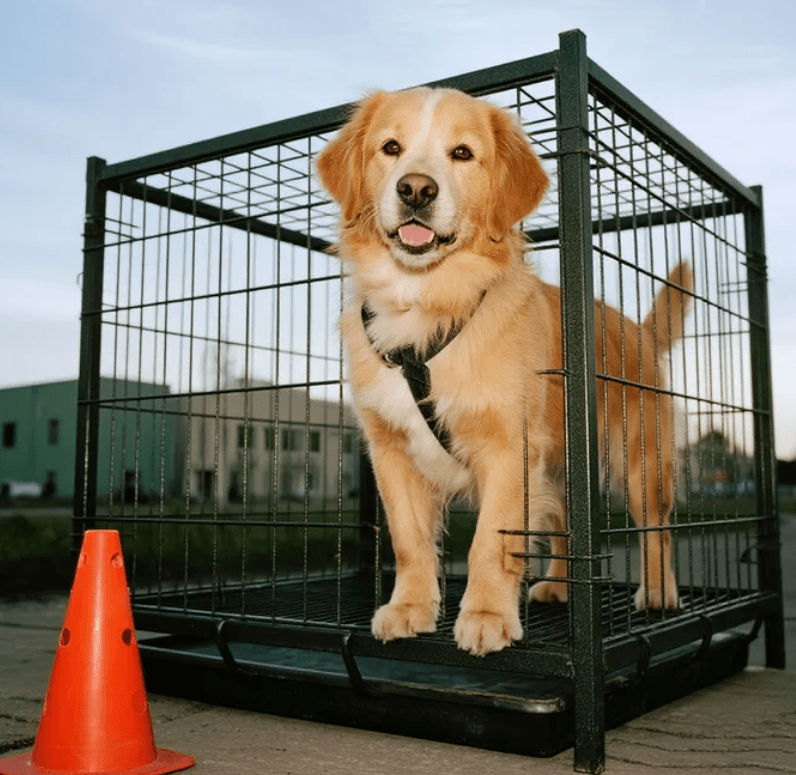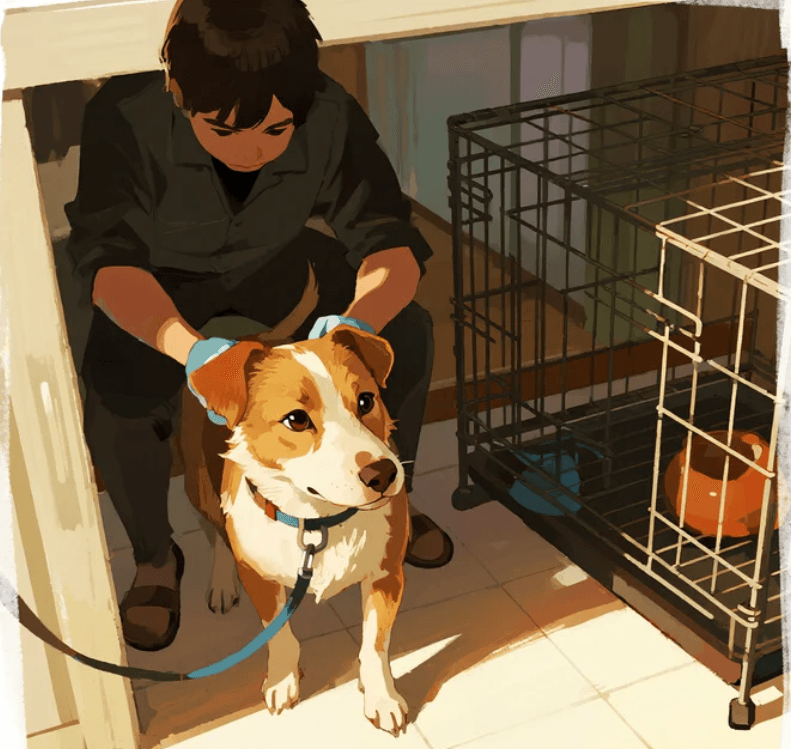What Is Crate Training for Dogs? Benefits, Methods, and Tips

Understanding Crate Training for Dogs
Crate training is one of the most popular and effective methods for housebreaking dogs, reducing anxiety, and providing them with a safe and comfortable space. If you're new to dog ownership or considering crate training, you may be wondering: What is crate training for dogs, and how does it work?
In this comprehensive guide, we'll explore the principles of crate training, its benefits, the right techniques, and essential tips to ensure your success.
What Is Crate Training for Dogs?
Crate training is a method of teaching your dog to see a crate—essentially a kennel or enclosed box—as a safe and secure den. Dogs are den animals by nature. They instinctively seek out small, enclosed spaces to rest, hide, or feel protected.
Crate training leverages this natural tendency by turning the crate into a positive environment rather than a punishment zone.
The crate becomes a tool for house training, managing behavior, transporting your dog, or creating a safe space when you're away.
When introduced correctly, many dogs grow to love their crates and use them as a peaceful refuge.
The Benefits of Crate Training
There are numerous advantages to crate training a dog, especially when started early. Here's why it can be a game-changer for both pet and owner:
1. Housebreaking and Potty Training
Crates can help speed up the potty-training process. Since dogs typically don't soil their sleeping areas, crate training helps promote bladder control. When taken outside after being in the crate, dogs learn to associate outdoor spaces with the need to use the bathroom.
2. Reducing Separation Anxiety
Dogs that are used to the crate feel more secure when left alone. A crate becomes a safe, comforting space that reduces barking, destructive chewing, and stress when the owner is away.
3. Preventing Destructive Behavior
A crate limits a dog's access to the home when unsupervised. This helps prevent chewing on furniture, eating dangerous items, or causing other damage while you're out.
4. Travel and Vet Visits
Crate-trained dogs are easier to transport, whether in a car, plane, or vet's office. Familiarity with the crate reduces stress during travel or medical visits.
5. Recovery from Illness or Surgery
If a dog needs restricted activity due to injury or surgery, a crate can provide a calm space for healing without the risk of further harm.
What Kind of Crate Should You Use?
Choosing the right crate is essential for successful training. There are several types of crates available:
- Wire crates: Good ventilation, collapsible, and durable. Often come with dividers for growing puppies.
- Plastic crates: Useful for travel and provide a more den-like feel.
- Soft-sided crates: Lightweight and portable but not ideal for dogs who chew.
- Furniture-style crates: Blend with home décor and serve dual purposes but can be more expensive.
The crate should be big enough for the dog to stand, turn around, and lie down comfortably—but not so large that the dog can use one end as a toilet.
How to Start Crate Training
Crate training should always be a gradual and positive experience. Here are step-by-step guidelines to help your dog adjust to the crate:
Step 1: Introduce the Crate Positively
Place the crate in a common area like the living room with the door open. Put a soft blanket, toys, or treats inside to make it inviting. Allow your dog to explore it at their own pace without forcing them inside.
Step 2: Encourage Entry
Use treats and positive reinforcement to encourage your dog to enter the crate. Feed them their meals inside to build a positive association.
Step 3: Close the Door Gradually
Once your dog is comfortable entering the crate, close the door for short periods while you're nearby. Gradually increase the duration as your dog gets used to being confined.
Step 4: Leave the Room
Practice stepping out of the room while your dog is crated. Start with just a minute or two and extend it as your dog remains calm.
Step 5: Use It Regularly
Incorporate the crate into daily routines—during naps, overnight sleeping, and short absences—to build consistency.
Crate Training Tips for Success
- Never use the crate as a punishment.
- Keep crate time positive and rewarding.
- Establish a routine with regular potty breaks.
- Use toys or puzzle feeders to make crate time enjoyable.
- Ensure the crate is placed in a quiet, comfortable location.
- Limit crate time to reasonable periods—generally no more than 4-6 hours during the day for adult dogs.
Common Crate Training Mistakes to Avoid
Crate training can go wrong if not approached with care. Avoid these pitfalls:
1. Forcing the Dog Into the Crate
Pushing a scared or resistant dog into the crate can create a lasting fear. Always use patience and positive reinforcement.
2. Leaving the Dog Crated Too Long
Dogs are social animals and need interaction and exercise. Over-crating can lead to anxiety, depression, and behavioral issues.
3. Using the Crate for Punishment
The crate should be a happy space, not a prison. Using it to punish bad behavior will confuse your dog and break trust.
4. Moving Too Fast
Each dog is different. Some may take days to adjust, while others need weeks. Rushing the process can backfire and increase resistance.
How Long Does Crate Training Take?
There’s no one-size-fits-all timeline for crate training. Puppies may take a few days to a few weeks, while adult dogs—especially rescues—could take longer. Consistency, patience, and routine are key.
Crate Training Puppies vs. Adult Dogs
Puppies typically adapt to crates faster due to their curiosity and clean slate. Crate training can aid in potty training and prevent bad habits from forming early.
Adult dogs, especially those with traumatic pasts or no prior crate exposure, may require more time and gentle encouragement. However, with proper training and positive reinforcement, even older dogs can become comfortable in a crate.
Is Crate Training Necessary for Every Dog?
While crate training is highly beneficial, it’s not essential for every dog. Some dogs may prefer beds or open spaces, and some owners may choose other training methods. That said, crate training provides flexibility for travel, emergencies, and structure that can be helpful in many households.
Alternatives to Crate Training
If crate training doesn’t suit your dog’s personality or your lifestyle, consider these options:
- Exercise pens: Provide more space and are ideal for puppies.
- Baby gates: Block off rooms while giving freedom.
- Dog-proofed rooms: Use a safe space like a laundry room or mudroom.
Frequently Asked Questions
Q: Is it cruel to crate a dog?
No, not if done correctly. When used as a safe, short-term space and introduced positively, crate training is not cruel. In fact, many dogs prefer the crate for naps or quiet time.
Q: Can crate training help with aggression?
Crate training alone won't solve aggression, but it can provide a management tool during behavior modification. Always consult a professional trainer for aggression issues.
Q: Should I cover the crate?
Covering the crate can make it cozier and reduce visual stimuli, helping some dogs relax. Ensure proper ventilation and monitor your dog’s reaction.
Q: Should I leave water in the crate?
For short periods, water isn't necessary. For longer stays or hot climates, consider a spill-proof bowl or water bottle attached to the crate.
Crate Training Leads to a Happier, Healthier Dog
Crate training is a powerful, humane method for housebreaking, managing behavior, and enhancing your dog's quality of life. By understanding what crate training is, using the right tools, and applying consistent, positive methods, you can create a secure and happy environment your dog will love.
Whether you're raising a puppy or adopting an adult dog, crate training offers lifelong benefits. With time, patience, and love, your crate can become your dog’s favorite place.
 Related Articles
Related Articles





